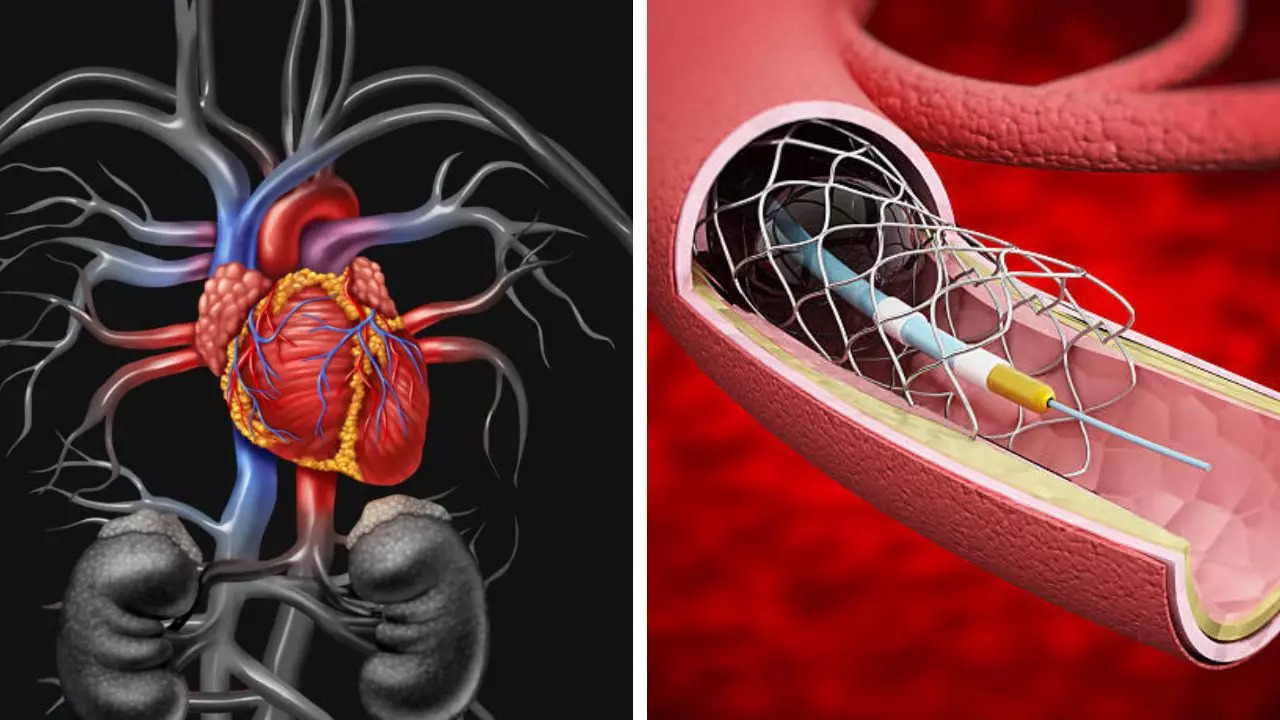The CDC says more than 40,000 babies are born with congenital heart defects in the US each year
The U.S. Food and Drug Administration has approved a heart stent made specifically for babies and young children, a device that could help those born with certain congenital heart defects – and avoid a series of open heart surgeries during his childhood.
According to the Centers for Disease Control and Prevention, more than 40,000 babies are born with congenital heart defects (which occur when a baby’s heart does not develop normally during pregnancy) each year in the U.S. Doctors say In some cases, the defects are treated with stents, which keep the blood vessels open and ensure that blood can flow properly through them.
Adult-sized stents are trimmed to fit babies and young children with congenital heart disease
When babies and young children need stents, most adult-sized stents are cut or modified to fit into the tiny, walnut-sized vessels in babies’ hearts. And so, as the child grows and his blood vessels enlarge, doctors have to replace the stents, often through open-heart surgery.
Doctors say that although it is not an unusual practice, most children have to undergo four, five or even six open heart surgeries in their lifetime, even though the survival rate is extremely high. Experts worry that this will lead to therapeutic trauma.
How will the new stent work?
The Minima stent, from California-based biotech company Renata, is designed to grow with the child as they grow. According to the company, instead of surgery, the size of the stent can be adjusted through a minimally invasive procedure through a blood vessel in the groin. Patients are usually able to go home about a day later, compared to about seven days for open-heart surgery.
The FDA approved the Minima stent to treat two heart conditions: coarctation, or narrowing of the aorta, which is the largest blood vessel in the body; and stenosis that causes narrowing and hardening of the pulmonary artery, which helps pump blood from the heart to the lungs.
According to the agency, with further testing, the stent will also be approved to treat other congenital heart defects.
What is a congenital heart defect?
Coronary heart disease (a problem with the structure of a child’s heart) is usually present from birth, causing blood to flow normally, including:
- A hole in the wall of your heart
- Problems with your blood vessels
- Problems with the heart valves that control blood flow.
Some cases of coronary heart disease are simple and may not cause any symptoms. But others can be life-threatening and require treatment in childhood. Some signs and symptoms of coronary heart disease include:
- Bluish skin, lips, or nails
- Excessive sleepiness
- Rapid breathing or difficulty breathing.
- extreme tiredness
- Getting unusually tired
- heart murmur
- Poor blood circulation
- Weak pulse or strong heartbeat
Disclaimer:
The information contained in this post is for general information purposes only. We make no representations or warranties of any kind, express or implied, about the completeness, accuracy, reliability, suitability or availability with respect to the website or the information, products, services, or related graphics contained on the post for any purpose.
We respect the intellectual property rights of content creators. If you are the owner of any material featured on our website and have concerns about its use, please contact us. We are committed to addressing any copyright issues promptly and will remove any material within 2 days of receiving a request from the rightful owner.

